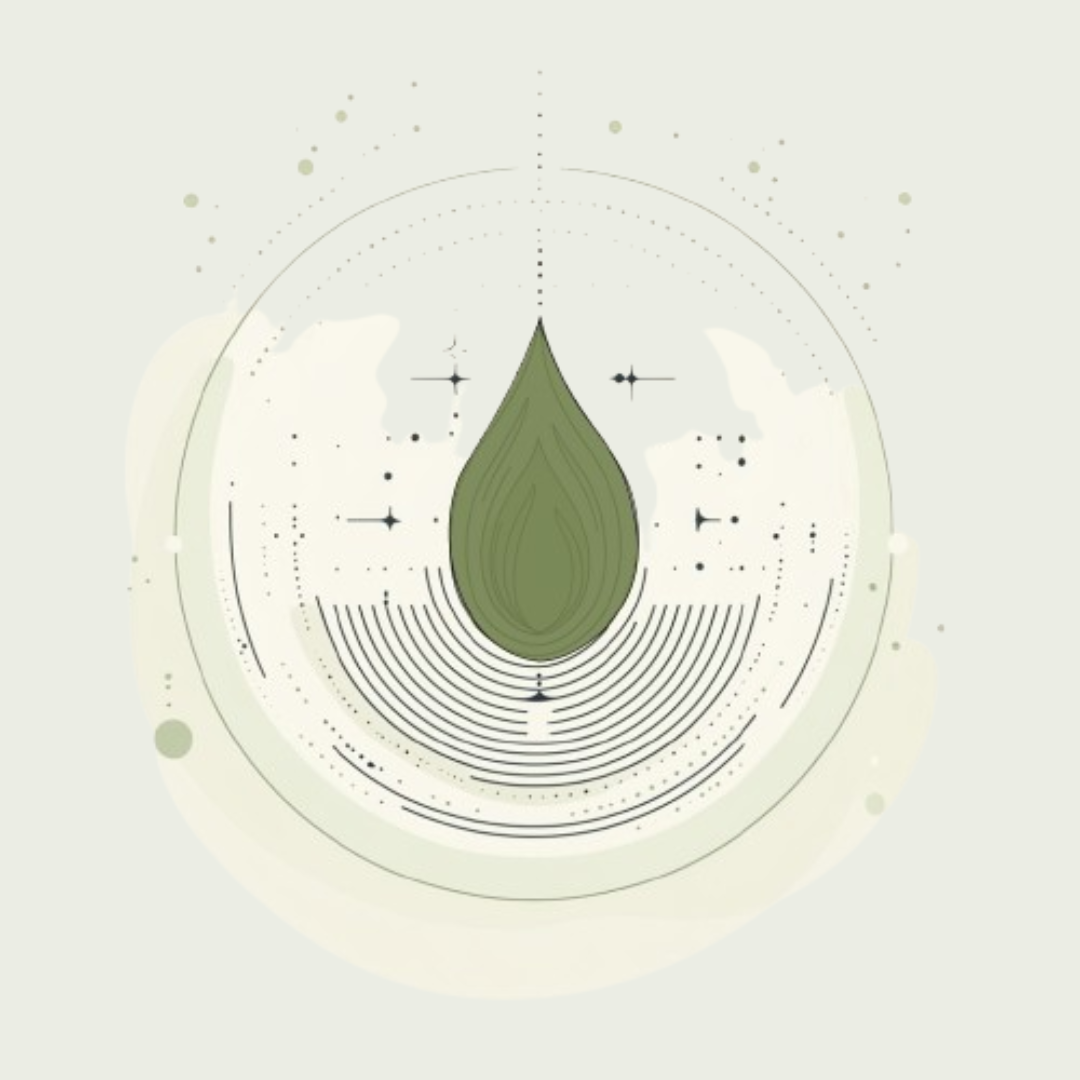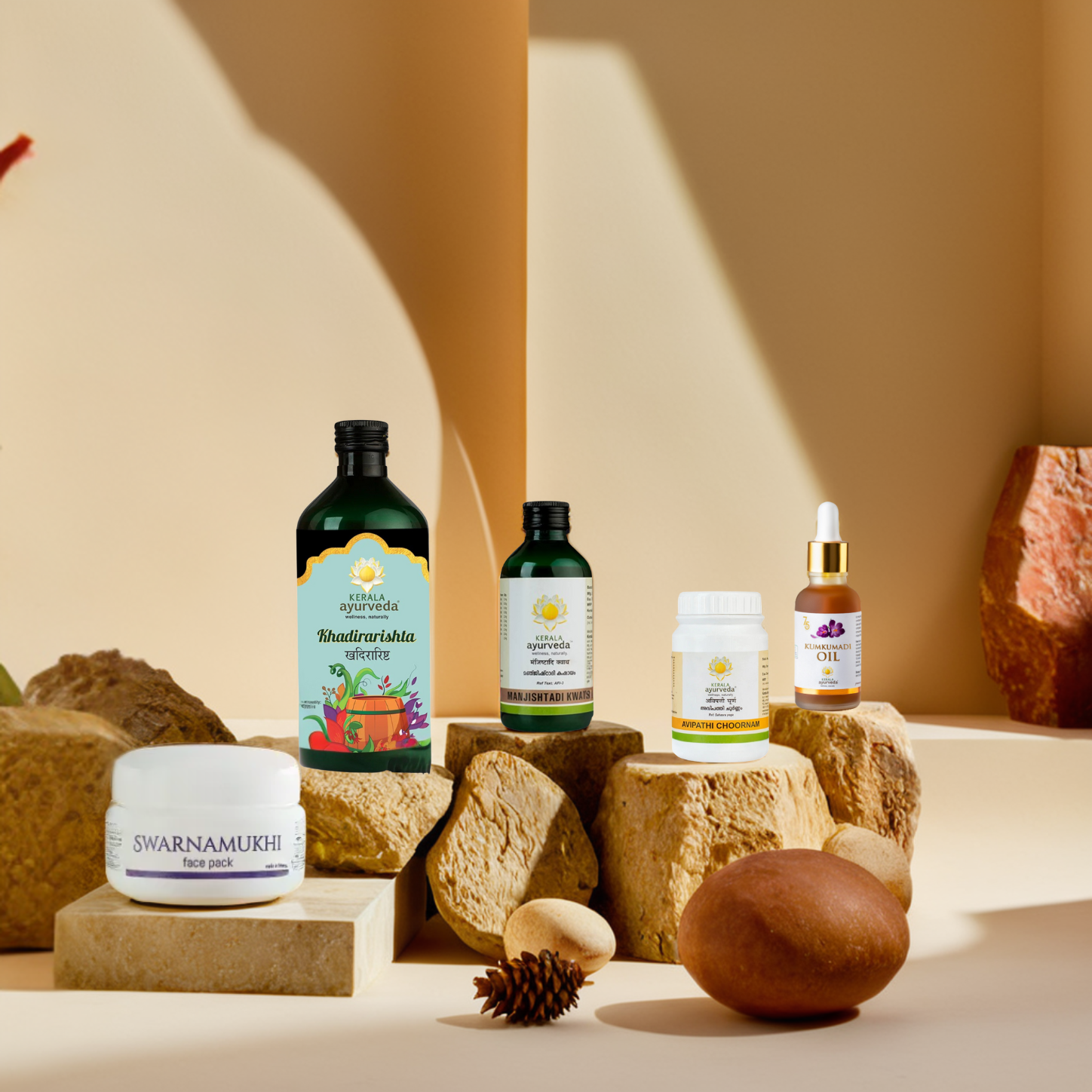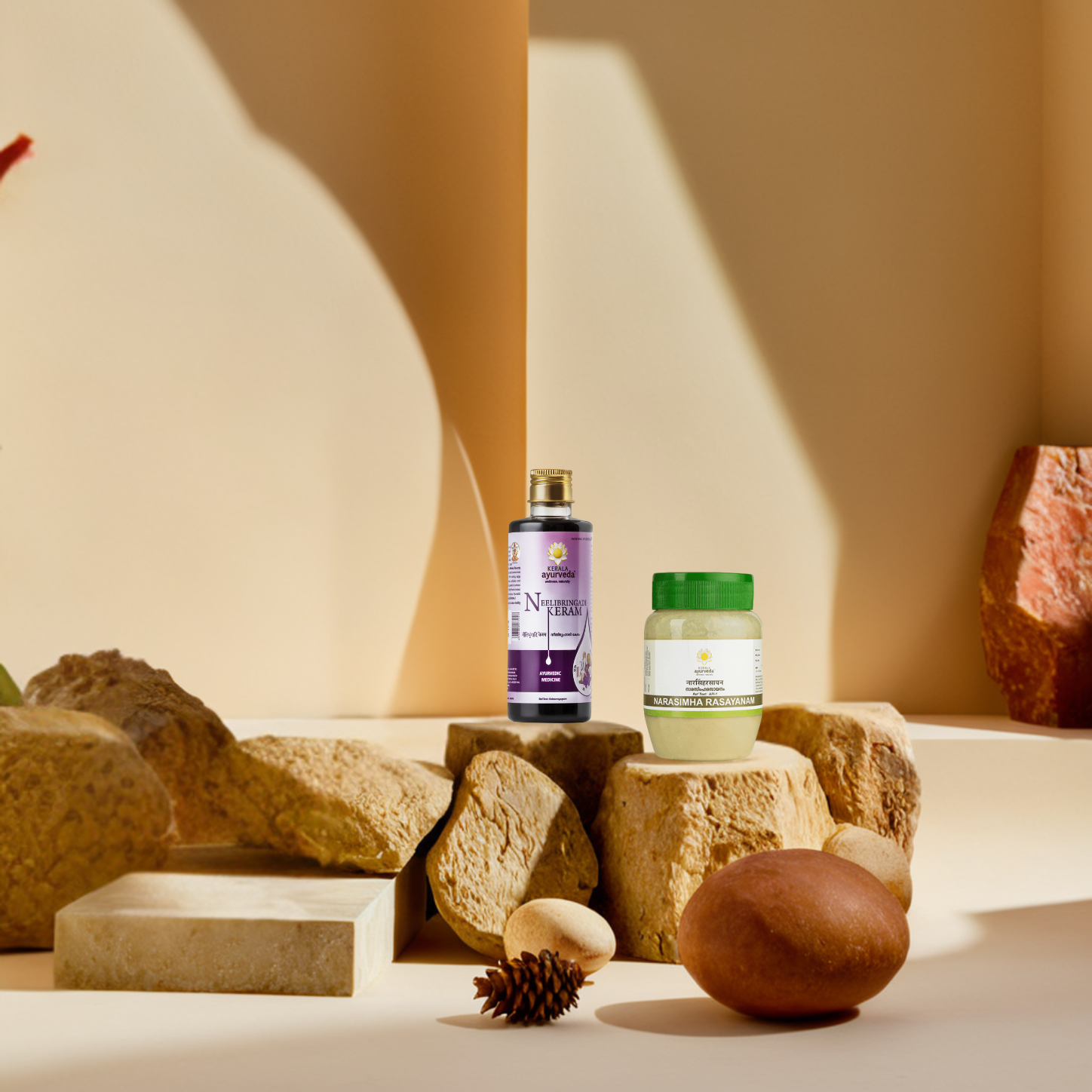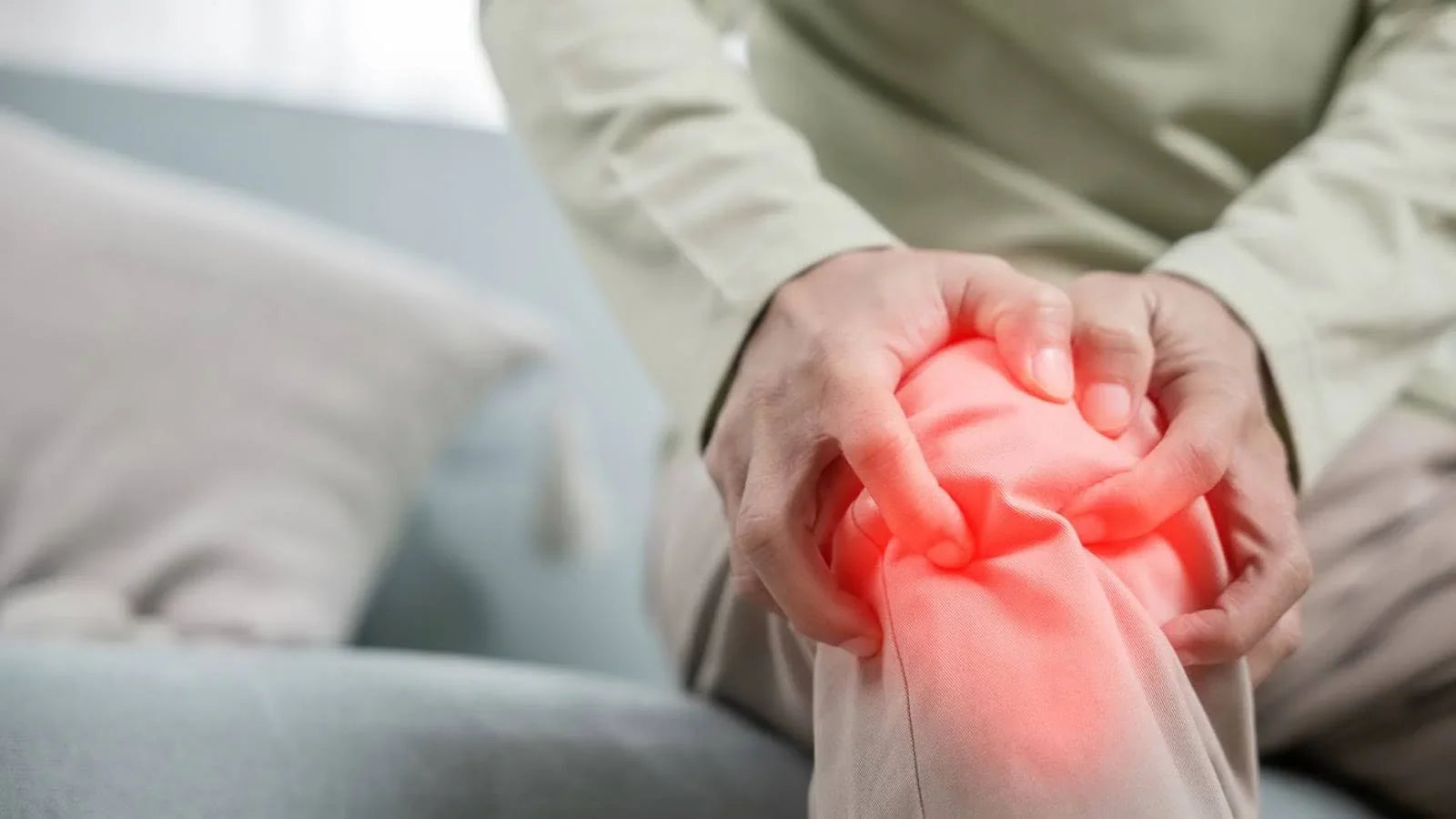Highlights
Joint pain has a way of creeping into your daily life. Sometimes from old injuries, sometimes just from the wear and tear of getting older. It might start with a little stiffness in the knees or a dull ache that shows up after a long day. Over time, it can slow you down, making simple things like walking or getting out of bed feel like a task.
Most of us turn to quick fixes like pain balms, sprays, or tablets to get through the day. But if you're looking for something gentler, more sustainable, there’s comfort in exploring age-old practices that have quietly worked for generations. That’s where Ayurveda comes in. Not as an alternative, but as a supportive system that helps the body heal and strengthen from within.
Let’s look at natural ways to ease your knee and joint pain using Ayurvedic insights, through oils, herbs, and daily habits that are simple to follow and soothing for the body.
Gandha Thailam: An Ayurvedic Oil for Bone Health and Joint Care
Among the most renowned Ayurvedic oils is Gandha Thailam, a time-honored formulation with a history of use for over thousands of years. This oil is particularly effective in improving bone mass, strengthening joints and ligaments, and preventing degeneration.
In Kerala, Kalarippayattu, an ancient martial art, has traditionally used Gandha Thailam as a vital part of its training regimen. The oil is massaged onto the body to strengthen muscles, prevent fatigue, and boost energy levels, keeping the body and mind active and alert. When used consistently, Gandha Thailam promotes long-term joint health and supports recovery from bone fractures and ligament injuries.
How Gandha Thailam Helps with Bone Health and Recovery
Gandha Thailam can be used both externally and internally (in the form of herbal tablets) to support bone health and alleviate knee pain. Regular use, especially when combined with a balanced diet and exercise, promotes faster recovery from fractures and helps strengthen bones, making it especially beneficial for those with low bone mineral density.
You can take 2-10 drops of Gandha Thailam with milk daily for faster recovery from fractures, or use it externally to prevent further bone damage. Gandha Thailam capsules for easy oral administration make it simpler to incorporate into your routine. You can take 2 capsules of Gandha Thailam twice daily with warm milk, water, or Marma Kashayam for effective results.
How is Gandha Thailam Traditionally Made?
The preparation of Gandha Thailam is a meticulous process that ensures the oil's therapeutic qualities remain intact. It begins with high-quality sesame seeds, which are tied in cloth and soaked in flowing water for a day. The seeds are then soaked in a mixture of milk and licorice root (yashtimadhu) decoction, dried in the shade, and the process is repeated for seven days. Finally, the seeds are mixed with fine herbal powders, and the oil undergoes purification before it is ready for use.
Some of the amazing benefits include:
- Heals fractures and ligament injuries
- Reduces knee joint pain
- Strengthens bones, joints, and cartilage
- Improves flexibility and mobility in joints
- Reduces the risk of bone degeneration in aging
- Relieves recurrent shoulder dislocation
- Prevents osteoporosis
Gandha Thailam is an excellent remedy to keep your bones strong, reduce knee pain, and maintain joint flexibility. Ayurveda views knee pain and joint health holistically, focusing on the root causes of inflammation. One key factor is Ama, toxic waste from poor digestion, which can lead to joint pain and swelling.
Understanding the Role of Ama in Knee Pain
In Ayurveda, health is deeply connected to the balance of the body's internal systems. When digestion is weak or inefficient, the body produces Ama, which is essentially toxic waste. This waste accumulates in the body and penetrates the tissues, leading to inflammation and pain. When Ama afflicts the joints, it causes swelling and discomfort, often resulting in knee pain. Ayurveda addresses this by improving digestion, reducing inflammation, and detoxifying the body.
How Ayurveda Treats Knee Pain?
Ayurvedic treatment for knee pain involves a combination of dietary changes, herbal remedies, and therapies that address the root causes of joint issues. Ayurveda targets two main causes of knee pain: Vata dosha imbalance (which leads to dryness and malnourishment of the joints) and Ama accumulation (which causes inflammation).
- Vata Dosha Imbalance: When the Vata dosha is aggravated, it causes the joints to become dry and lack the necessary lubrication, leading to pain and stiffness. Ayurvedic treatments balance Vata, nourish the joints, and promote lubrication.
- Ama and Inflammation: In cases where inflammation is the primary cause of knee pain, Ayurvedic treatments aim to detoxify the body, reduce inflammation, and relieve pain.
To treat knee pain, Ayurveda combines different remedies and therapies that focus on both these causes, helping heal the joints and improve overall health.
Ayurvedic Remedies for Knee Pain Relief
Ayurveda offers a variety of remedies for knee pain relief, including herbal oils, dietary recommendations, and therapeutic treatments:
- Panchakarma: Panchakarma includes treatments like Virechana (purgation) and Basti (medicated enema) to detoxify the body by removing accumulated toxins (Ama). These therapies help balance the doshas, reduce knee pain, improve joint health, and support overall bodily functions, leading to faster healing and enhanced mobility.
- Yoga and Exercise: Yoga poses like Paschimottanasana (seated forward bend) and Pavanamuktasana (wind-releasing pose) help improve knee flexibility and strengthen surrounding muscles. Regular exercise and movement reduce stiffness, enhance mobility, and promote joint health, making them essential for maintaining long-term knee flexibility and pain relief.
- Kapha-Pacifying Diet: A Kapha-pacifying diet includes warm, light, and fiber-rich foods like soups, vegetables, and whole grains. These foods aid digestion, reduce Ama (toxins), and prevent inflammation, supporting joint health and reducing knee pain. This diet helps maintain optimal body weight and overall joint flexibility.
Adding these practices into your routine allows you to maintain joint flexibility, reduce knee pain, and enhance overall mobility.
Conclusion
Ayurveda offers a natural way to treat knee pain by targeting the root causes and boosting joint health. Using remedies like Gandha Thailam, a Kapha-pacifying diet, and therapies like Panchakarma and yoga, you can reduce pain, improve flexibility, and keep your knees moving with ease. Ayurveda’s holistic treatment focuses on healing the body naturally, providing long-term relief and promoting a healthier, more active lifestyle.
Take the first step towards pain-free living with Gandha Thailam, and begin your healing journey today!
FAQs
1. What is the use of Gandha Thailam?
Gandha Thailam is used for supporting bone and joint health, treating fractures, ligament injuries, arthritis, and relieving pain from back, knee, and joint issues.
2. What is Gandha Thailam?
Gandha Thailam is a special Ayurvedic oil made from sesame, licorice root, and other herbs. It is used both internally (in the form of tablets) and externally to treat joint pain, fractures, and inflammation.
3. Can Gandha Thailam be used during pregnancy?
Generally, Gandha Thailam is used internally. However, it’s best to consult with an Ayurvedic physician before using Gandha Thailam during pregnancy, as it should be used under medical guidance.
4. Is Gandha Thailam good for women?
Yes, Gandha Thailam is beneficial for both men and women to improve bone health, joint flexibility, and manage chronic pain from joint issues.





